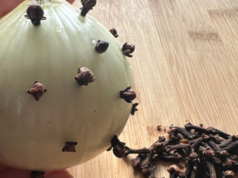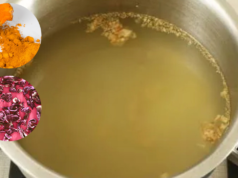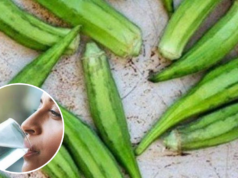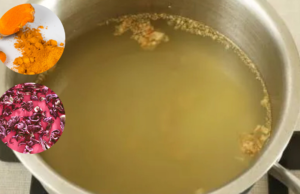Grow Mint at Home Like a Pro – It’s Easier Than You Think!
Imagine plucking fresh mint leaves straight from your own garden to add a burst of flavor to your teas, cocktails, and meals. The best part? You don’t need a large garden or expert gardening skills to grow mint at home! Whether you have a spacious backyard or a small balcony, growing mint is simple and incredibly rewarding. Follow this easy step-by-step guide and enjoy a continuous supply of fresh, fragrant mint right at your doorstep!
🌱 1. Pick the Perfect Mint Variety
Before you start planting, decide which type of mint suits your needs best:
Peppermint – Bold and refreshing flavor, great for teas and desserts.
Spearmint – Milder taste, ideal for cocktails and salads.
Chocolate Mint – Subtle chocolatey undertones, perfect for sweet treats and drinks.
Each variety has its own unique flavor, so choose the one that best fits your culinary style!
☀️ 2. Find the Right Spot
Mint thrives in both partial and full sunlight, but it loves 4 to 6 hours of direct sunlight daily. If you live in a hot climate, place your mint in a spot where it gets some afternoon shade to prevent drying out.
🪴 3. Planting Mint – Seeds or Cuttings?
You have two easy options for starting your mint plant:
✅ From Cuttings:
Take a 4-6 inch cutting from a healthy mint plant.
Remove the lower leaves and plant the cutting in a pot with well-draining soil.
Water thoroughly and keep the soil moist as the cutting establishes roots.
✅ From Seeds:
Sow mint seeds in a pot or directly in garden soil.
Lightly cover them with soil and water gently.
Keep the soil consistently moist until seedlings emerge.
💦 4. Care and Maintenance
Mint is a low-maintenance herb, but a little care goes a long way!
Watering: Keep the soil consistently moist but not soggy. Water when the top inch of soil feels dry.
Fertilizing: Mint doesn’t need much feeding — apply a balanced fertilizer once during the growing season.
Pruning: Regularly trim the stems to promote bushier growth. Pinch off the tips to keep the plant from becoming too leggy.
Pest Control: Mint is naturally resistant to most pests, but keep an eye out for aphids and spider mites. If needed, rinse them off with a blast of water or use an organic pesticide.
✂️ 5. Harvesting Mint
Once your mint plant is well-established (usually after a few months), you can begin harvesting!
Harvest in the morning when the oils are most concentrated for the best flavor.
Snip off leaves or cut entire stems, leaving a few inches of growth to encourage regrowth.
Regular harvesting keeps your mint plant healthy and prevents it from spreading too aggressively.
🍃 6. Enjoy Your Fresh Mint!
Fresh mint can elevate almost any dish or drink:
Add to salads, soups, and sauces for a refreshing twist.
Use in cocktails like mojitos and mint juleps.
Brew homemade mint tea for a calming and aromatic drink.
Dry excess leaves for long-term storage — perfect for cooking or tea blends!
✨ Growing mint at home is easy, rewarding, and incredibly useful in the kitchen. Start your mint garden today and enjoy the fresh, invigorating taste of homegrown mint all year round!









